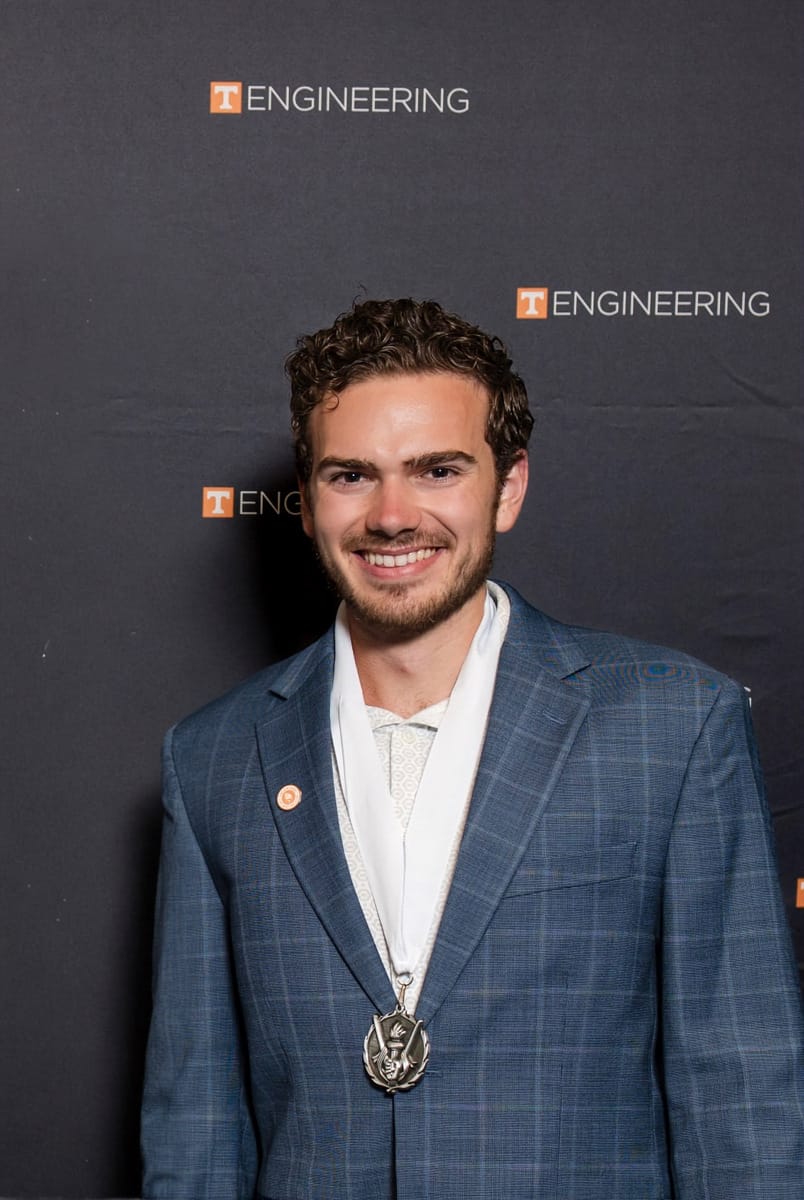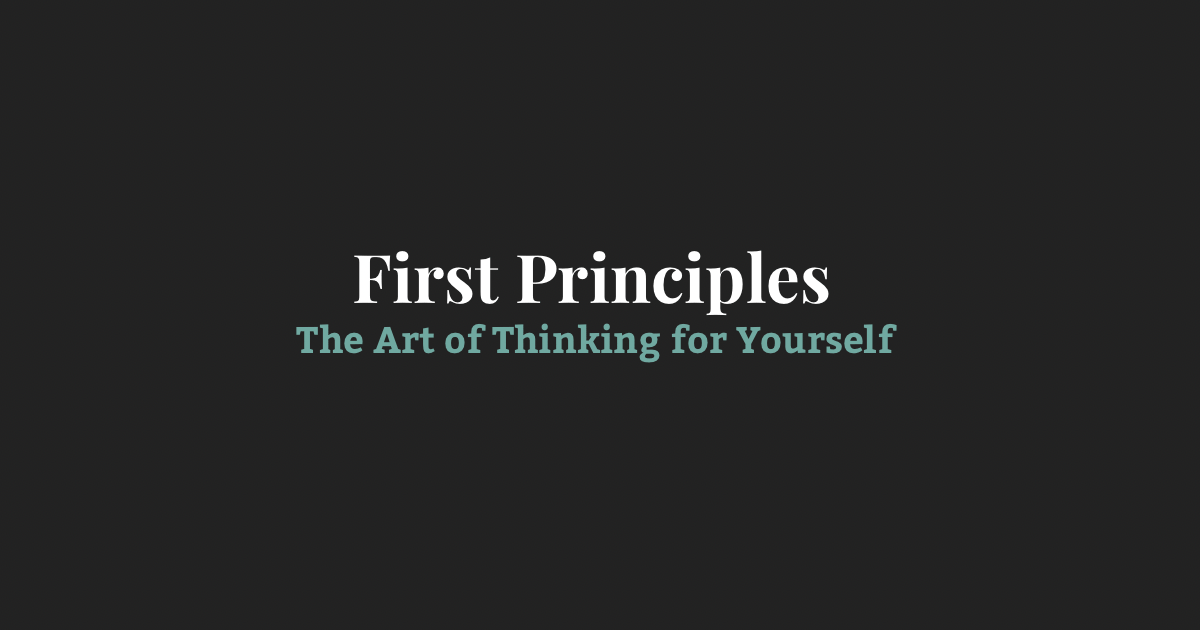How to Reason from First Principles:
1. Question Your Assumptions
We often think in the ways that require the least amount of mental effort. This type of quick, instinctive thinking Daniel Kahneman calls System One Thinking. He offers the example of a ball and a bat.
Try to solve this problem: A bat and ball cost $1.10. The bat is $1 more expensive than the ball. How much does the ball cost?
The ball cost $0.10, right? Nope, it actually costs $0.05.
Your brain decided it had enough information to jump to the conclusion of $0.10 and didn’t need slow mathematical calculation (System Two Thinking) because the problem seemed simple. This is where our gut feeling system one approach can get us into trouble.
Imagine you are designing a vehicle. What do you see in your mind? Was it perhaps a rectangular body with two wheels in the front and two in the back? Just then your brain was performing system one thinking again, which is also called thinking by analogy.
Instinctive thinking requires less effort, so our tendency is to borrow ideas and assumptions from things we have seen and heard. To avoid this pitfall, we must thoroughly question our assumptions about the problem we want to solve.
TIP: Utilize tools like the 5 Why’s Method to drill down to the root truths about your problem. Don’t rely on surface level instincts, but challenge every statement you think of that includes words like: never, always, best, worst, [insert your superlative of choice], etc.
It’s important to reason from first principles rather than by analogy...with first principles you boil things down to the most fundamental truths…and then reason up from there.
2. Determine the First Principles of Your Problem
Once you have questioned your assumptions and arrived at the root truths, you have identified the First Principles of your problem. These are the small pieces of information that are universally true and will be the building blocks for your unique, creative solution.
Then, create a list of these fundamental, true statements that fully define the problem you want to solve.
3. Design a Unique Solution
Now comes the fun part. Let the creative juices flow. Imagine all of the possibilities. Think outside the very box you just worked so hard to get out of in steps 1 and 2. You earned it.
One approach you can take is to read the list you created several times to get rooted in the true statements about your problem. Brainstorm with these in mind to avoid going back to your previous incorrect assumptions.
Who coined the aphorism, “Don’t reinvent the wheel?” This is perhaps one of the most damaging adages to the brainstormer. Not only does this statement limit and constrain creative thinking, but also the statement itself doesn’t hold water. NASA literally reinvented the wheel quite recently. Be bold in your solution. Everything we humans have designed can be improved upon and made new: even the wheel.
Final Thoughts
What problem are you going to try using the first principles method to solve? What techniques do you recommend using to be more creative? I’d love to hear from you.
Did you enjoy this: Please share this with a friend by sending them this link.
Until next week rock on,
Camden

